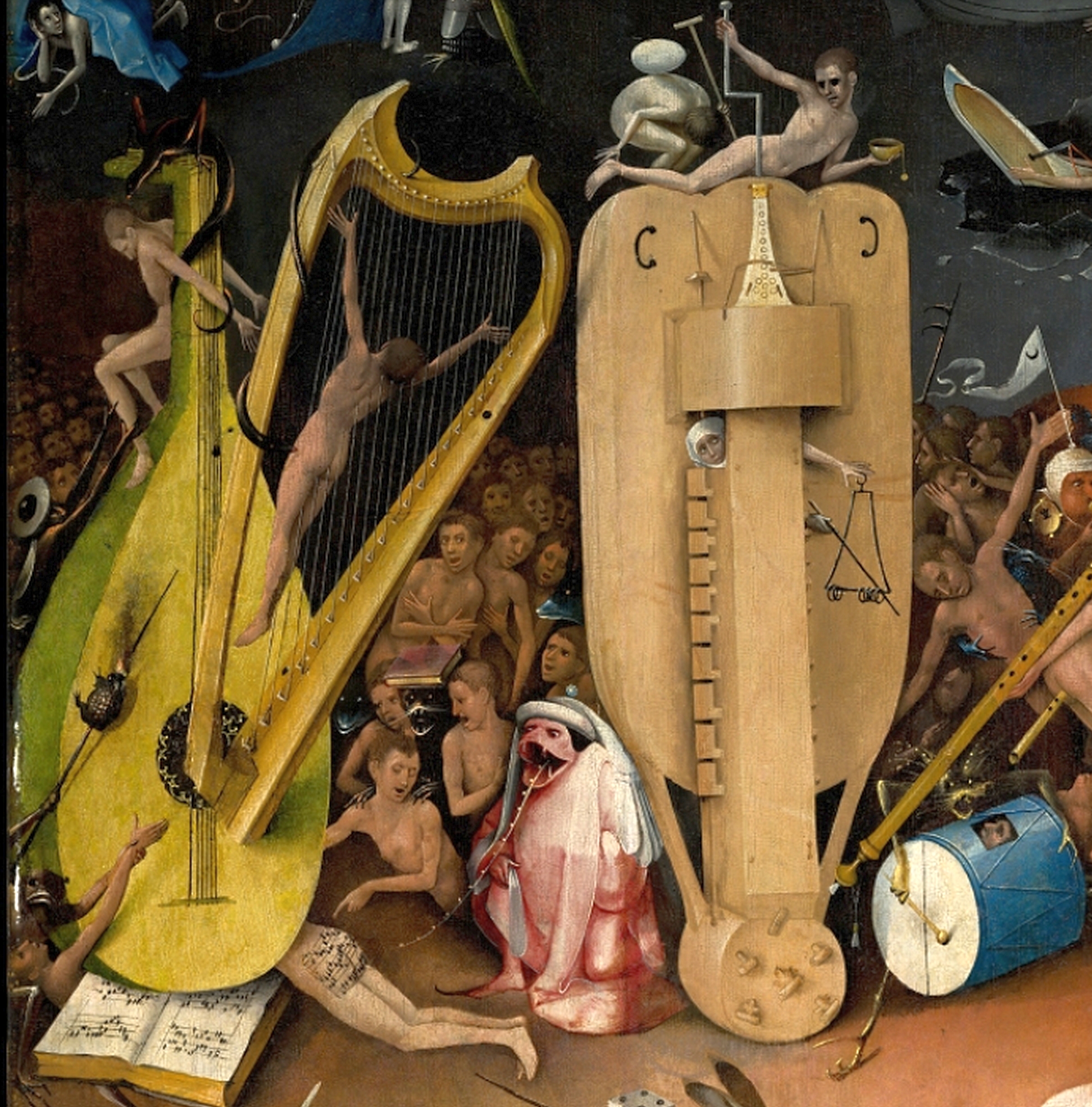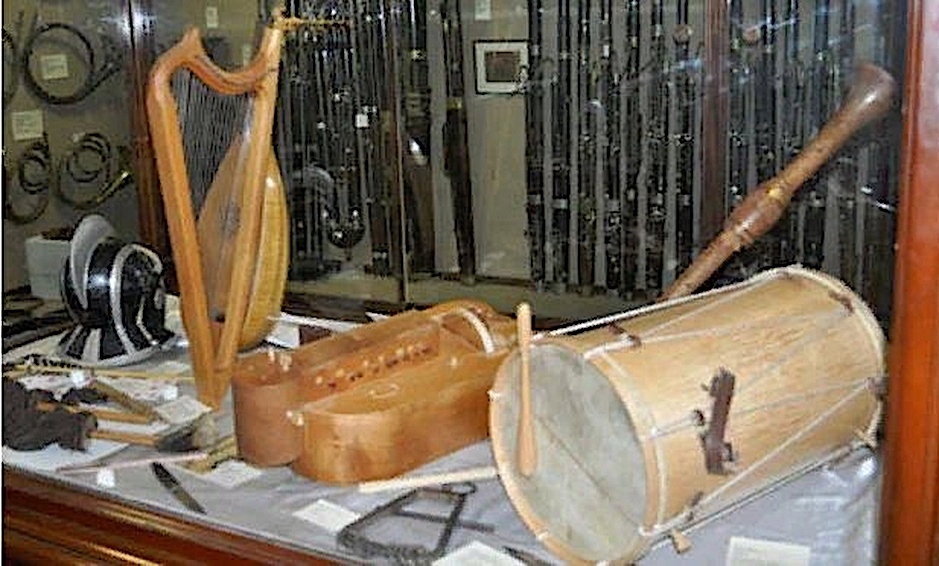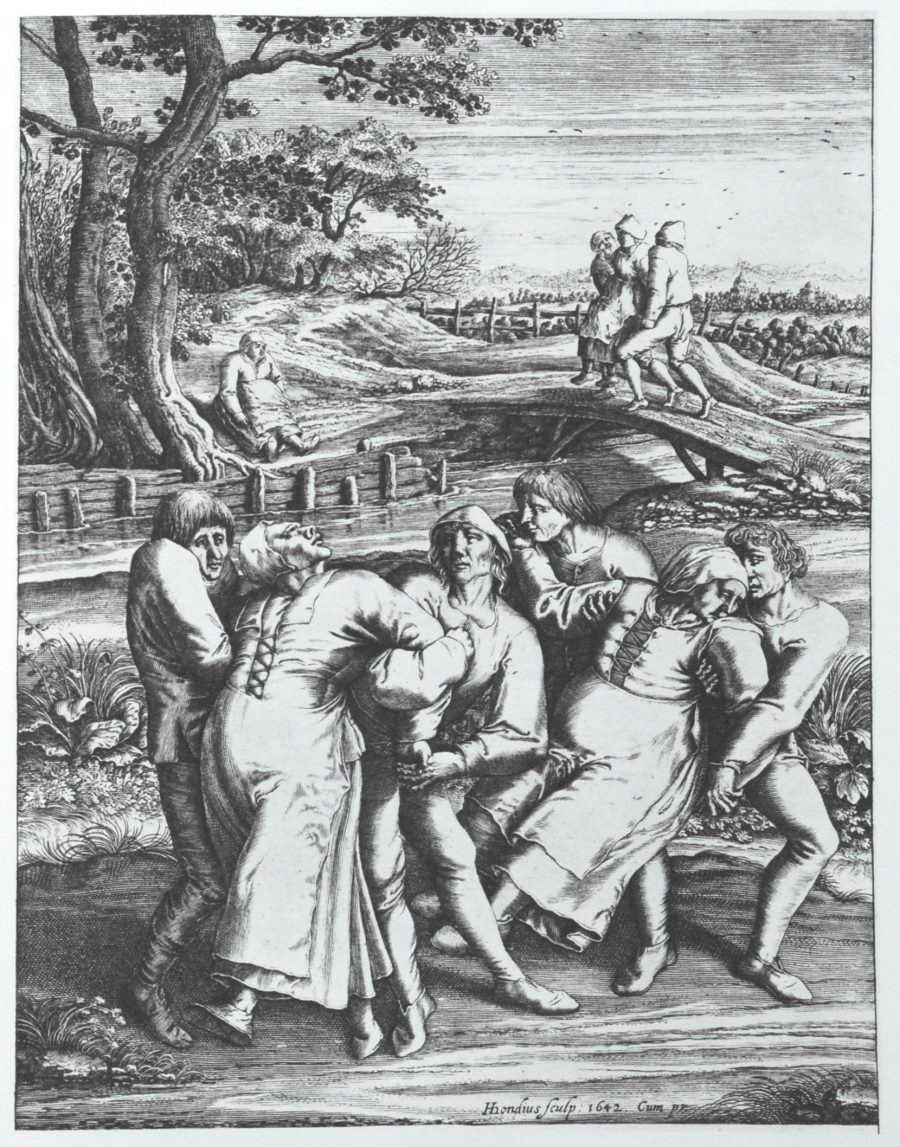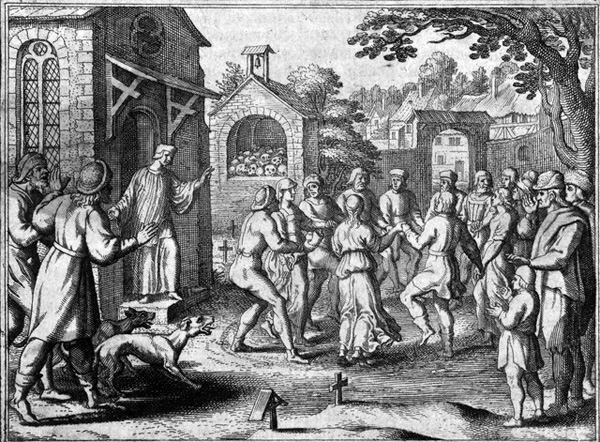[Most Recent Entries] [Calendar View]
Monday, January 14th, 2019
| Time | Event |
| 9:00a | A New Edition of Ray Bradbury’s Fahrenheit 451 That’s Only Readable When You Apply Heat to Its Pages: Pre-Order It Today Ray Bradbury's Fahrenheit 451, a novel of a nearly bookless dystopian future in which "firemen" go around burning any last volumes they can find, lends itself well to highly physical special editions. Last year we featured an asbestos-bound, fireproof version, 200 copies of which were published at the book's first printing in 1953. The year before we featured an experimental edition perhaps even more faithfully reflective of the story's premise, one whose all-black pages only reveal the negative space around the text with the application of heat. "Graphic design studio Super Terrain’s edition of Ray Bradbury’s sci-fi classic Fahrenheit-451 took the internet by storm," writes Electric Literature, "thanks to a video showing how its all-black pages become readable text when exposed to an open flame." Now, "for only $451? — ?get it? ?— ?you can preorder one to keep on a specially-heated shelf in your home!" As noted in that post, you could also expose its text using something other than an open flame (a hair dryer, for example), but that would hardly put you as much in the mind of the novel's "firemen" with their book-eradicating flamethrowers. Whatever you use to heat up the pages, they revert right back to their carbonized-looking black as soon as they cool down. In Fahrenheit 451, says Super Terrain's manifesto for this unusual edition of the novel, Bradbury "questions the central role played by books in culture and exposes the possible drifts of a society ruled by immediacy. This tyranny of happiness prevents any form of contestation that could be nurtured by reflexion, memory or culture in books or works of art." This black-paged book "could be part of Bradbury’s fiction as a trick to keep and hide away the books from the pyromaniac firemen. By setting the book on fire, the reader plunges into the novel and becomes the hyphen between reality and fiction." How relevant has all of this remained in our "time of continuous flow of images, selfies, fake news, tweets and other 'digest-digest-digests'"? Strike a match, flick on your lighter, or power up your hair dryer — all, of course, under adult supervision if necessary — and find out for yourself. Related Content: An Asbestos-Bound, Fireproof Edition of Ray Bradbury’s Fahrenheit 451 (1953) Hear Ray Bradbury’s Classic Sci-Fi Story Fahrenheit 451 as a Radio Drama Based in Seoul, Colin Marshall writes and broadcasts on cities, language, and culture. His projects include the book The Stateless City: a Walk through 21st-Century Los Angeles and the video series The City in Cinema. Follow him on Twitter at @colinmarshall or on Facebook. A New Edition of Ray Bradbury’s Fahrenheit 451 That’s Only Readable When You Apply Heat to Its Pages: Pre-Order It Today is a post from: Open Culture. Follow us on Facebook, Twitter, and Google Plus, or get our Daily Email. And don't miss our big collections of Free Online Courses, Free Online Movies, Free eBooks, Free Audio Books, Free Foreign Language Lessons, and MOOCs. |
| 6:00p | A Fender Stratocaster Made Out of 1200 Colored Pencils Alder and Ash. These woods have traditionally made up the body of the Fender Stratocaster. Crayola colored pencils? They were never part of the mix ... at least until now. Above, Burls Art gives it a go. In nine minutes, they take you through the making and playing of the Crayola Strat, from start to finish. Aficionados, feel free to argue over the tonal qualities of this new fangled creation. Related Content: Behold the First Electric Guitar: The 1931 “Frying Pan” Brian May’s Homemade Guitar, Made From Old Tables, Bike and Motorcycle Parts & More Oxford Scientist Explains the Physics of Playing Electric Guitar Solos A Fender Stratocaster Made Out of 1200 Colored Pencils is a post from: Open Culture. Follow us on Facebook, Twitter, and Google Plus, or get our Daily Email. And don't miss our big collections of Free Online Courses, Free Online Movies, Free eBooks, Free Audio Books, Free Foreign Language Lessons, and MOOCs. |
| 7:00p | The Musical Instruments in Hieronymus Bosch’s The Garden of Earthly Delights Get Brought to Life, and It Turns Out That They Sound “Painful” and “Horrible”
Welcome to The Garden of Earthly Delights. You’ll find no angelic strings here. Those are reserved for first class citizens whose virtuous lives earned them passage to the uppermost heights. Down below, stringed instruments produce the most hellish sort of cacophony, a fitting accompaniment for the horn whose bell is befouled with the arm of a tortured soul. How do we know that's what they sounded like? A group of musicologists, craftspeople and academics from the Bate Collection of Musical Instruments at the University of Oxford, took it upon themselves to actually build the instruments depicted in Hieronymus Bosch’s action-packed triptych—the hell harp, the violated lute, the grossly oversized hurdy-gurdy… ...And then they played them.
Let us hope they stopped shy of shoving flutes up their bums. (Such a placement might produce a sound, but not from the flute’s golden throat). The Bosch experiment added ten more instruments to the museum’s already impressive, over-1000-strong collection of woodwinds, percussion, and brass, many from the studios of esteemed makers, some dating all the way back to the Renaissance. Unfortunately, the new additions don’t sound very good. “Horrible” and “painful” are among the adjectives the Bate Collection manager Andrew Lamb uses to describe the aural fruits of his team’s months-long labors. Might we assume Bosch would have wanted it that way? Brandon McWilliams, the wag behind Bosch’s wildly enthusiastic, f-bomb-laced review of thrash metal band Slayer’s 1986 Reign in Blood album, would surely say yes, as would Bosch and his contemporaries viewed music as sinful, associating it with other sins of the flesh and spirit. A number of other instruments are also depicted: a harp, a drum, a shawm, a recorder, and the metal triangle being played by the woman (a nun, perhaps) who is apparently imprisoned in the keybox of the instrument. The hurdy-gurdy was also associated with beggars, who were often blind. The man turning the crank is holding a begging bowl in his other hand. Hanging from the bowl is a metal seal on a ribbon, called a "gaberlunzie." This was a license to beg in a particular town on a particular day, granted by the nobility. Soldiers who were blinded or maimed in their lord's service might be given a gaberlunzie in recompense. To the best of our knowledge, no gaberfunzies were granted, nor any sinners eternally damned, in the Bate Collection’s caper. According to manager Lamb, expanding the boundaries of music education was recompense enough, well worth the temporary affront to tender ears. Related Content: Take a Virtual Tour of Hieronymus Bosch’s Bewildering Masterpiece The Garden of Earthly Delights The Hieronymus Bosch Demon Bird Was Spotted Riding the New York City Subway the Other Day… Ayun Halliday is an author, illustrator, theater maker and Chief Primatologist of the East Village Inky zine. See her onstage in New York City tonight as host of Theater of the Apes book-based variety show, Necromancers of the Public Domain. Follow her @AyunHalliday. The Musical Instruments in Hieronymus Bosch’s The Garden of Earthly Delights Get Brought to Life, and It Turns Out That They Sound “Painful” and “Horrible” is a post from: Open Culture. Follow us on Facebook, Twitter, and Google Plus, or get our Daily Email. And don't miss our big collections of Free Online Courses, Free Online Movies, Free eBooks, Free Audio Books, Free Foreign Language Lessons, and MOOCs. |
| 8:00p | The Strange Dancing Plague of 1518: When Hundreds of People in France Could Not Stop Dancing for Months
If you find yourself thinking you aren’t a victim of fashion, maybe take another look. Yes, we can consciously train ourselves to resist trends through force of habit. We can declare our preferences and stand on principle. But we aren't consciously aware of what's happening in the hidden turnings of our brains. Maybe what we call the unconscious has more control over us than we would like to think. Inexplicable episodes of mass obsession and compulsion serve as disquieting examples. Mass panics and delusions tend to occur, argues author John Waller, “in people who are under extreme psychological distress, and who believe in the possibility of spirit possession. All of these conditions were satisfied in Strasbourg in 1518,” the year the Dancing Plague came to the town in Alsace—an involuntary communal dance festival with deadly outcomes. The event began with one person, as you’ll learn in the almost jaunty animated BBC video below, a woman known as Frau Troffea. One day she began dancing in the street. People came out of their houses and gawked, laughed, and clapped. Then she didn’t stop. She “continued to dance, without resting, morning, afternoon, and night for six whole days.” Then her neighbors joined in. Within a month, 400 people were “dancing relentlessly without music or song.” We might expect that town leaders in this late-Medieval period would have declared it a mass possession event and commenced with exorcisms or witch burnings. Instead, it was said to be a natural phenomenon. Drawing on humoral theory, “local physicians blamed it on ‘hot blood,’” History.com’s Evan Andrews writes. They “suggested the afflicted simply gyrate the fever away. A stage was constructed and professional dancers were brought in. The town even hired a band to provide backing music.” Soon, however, bloody and exhausted, people began dying from strokes and heart attacks. The dancing went on for months. It was not a fad. No one was enjoying themselves. On the contrary, Waller writes, “contemporaries were certain that the afflicted did not want to dance and the dancers themselves, when they could, expressed their misery and need for help.” This contradicts suggestions they were willing members of a cult, and paints an even darker picture of the event. Certain psychonauts might see in the 1518 Dancing Plague a shared unconscious, working something out while dragging the poor Strasbourgians along behind it. Other, more or less plausible explanations have included ergotism, or poisoning “from a psychotropic mould that grows on stalks of rye." However, Waller points out, ergot “typically cuts off blood supply to the extremities making coordinated movement very difficult.” He suggests the dancing mania came about through the meeting of two prior conditions: “The city’s poor were suffering from severe famine and disease,” and many people in the region believed they could obtain good health by dancing before a statue of Saint Vitus. They also believed, he writes, that “St. Vitus… had the power to take over their minds and inflict a terrible, compulsive dance. Once these highly vulnerable people began to anticipate the St. Vitus curse they increased the likelihood that they’d enter the trance state.”
The mystery cannot be definitively solved, but it does seem that what Waller calls “fervent supernaturalism” played a key role, as it has in many mass hysterias, including “ten such contagions which had broken out along the Rhine and Moselle rivers since 1374,” as the Public Domain Review notes. Further up, see a 1642 engraving based on a 1564 drawing by Peter Breughel of another dancing epidemic which occurred that year in Molenbeek. The 17th century German engraving above of a dancing epidemic in a churchyard features a man holding a severed arm. We see mass panics and delusions around the world, for reasons that are rarely clear to scholars, psychiatrists, historians, anthropologists, and physicians during or after the fact. What is medically known as Saint Vitus dance, or Sydenham’s Chorea, has recognized physical causes like rheumatic fever and occurs in a specific subset of the population. The historical Saint Vitus Dance, or Dancing Plague, however, affected people indiscriminately and seems to have been a phenomenon of mass suggestion, like many other social-psychological events around the world. Episodes of epidemic manias related to outmoded supernatural beliefs can seem especially bizarre, but the mass psychology of 21st century western culture includes many episodes of social contagion and compulsion no less strange, and perhaps no less widespread or deadly, especially during times of extreme stress. Related Content: A Free Yale Course on Medieval History: 700 Years in 22 Lectures Josh Jones is a writer and musician based in Durham, NC. Follow him at @jdmagness The Strange Dancing Plague of 1518: When Hundreds of People in France Could Not Stop Dancing for Months is a post from: Open Culture. Follow us on Facebook, Twitter, and Google Plus, or get our Daily Email. And don't miss our big collections of Free Online Courses, Free Online Movies, Free eBooks, Free Audio Books, Free Foreign Language Lessons, and MOOCs. |
| << Previous Day |
2019/01/14 [Calendar] |
Next Day >> |






